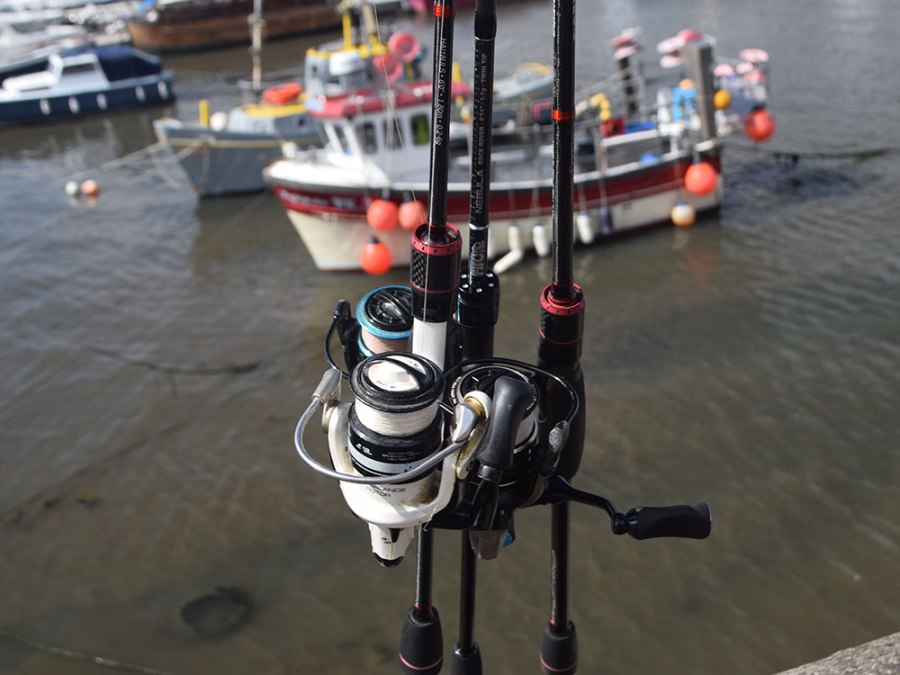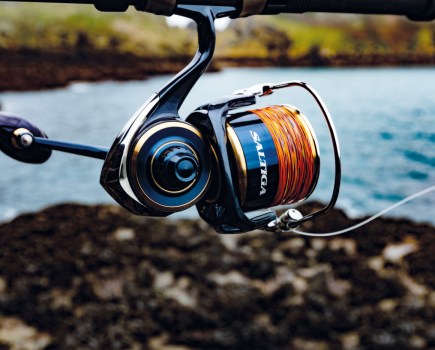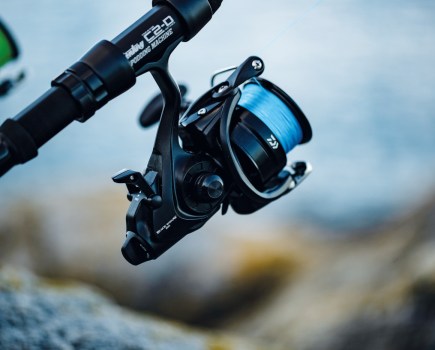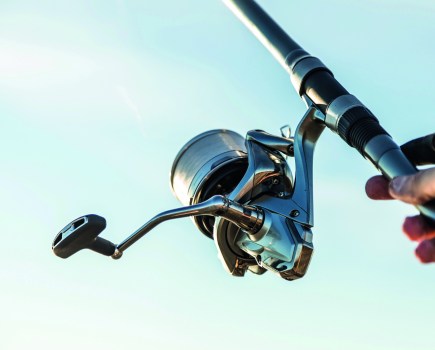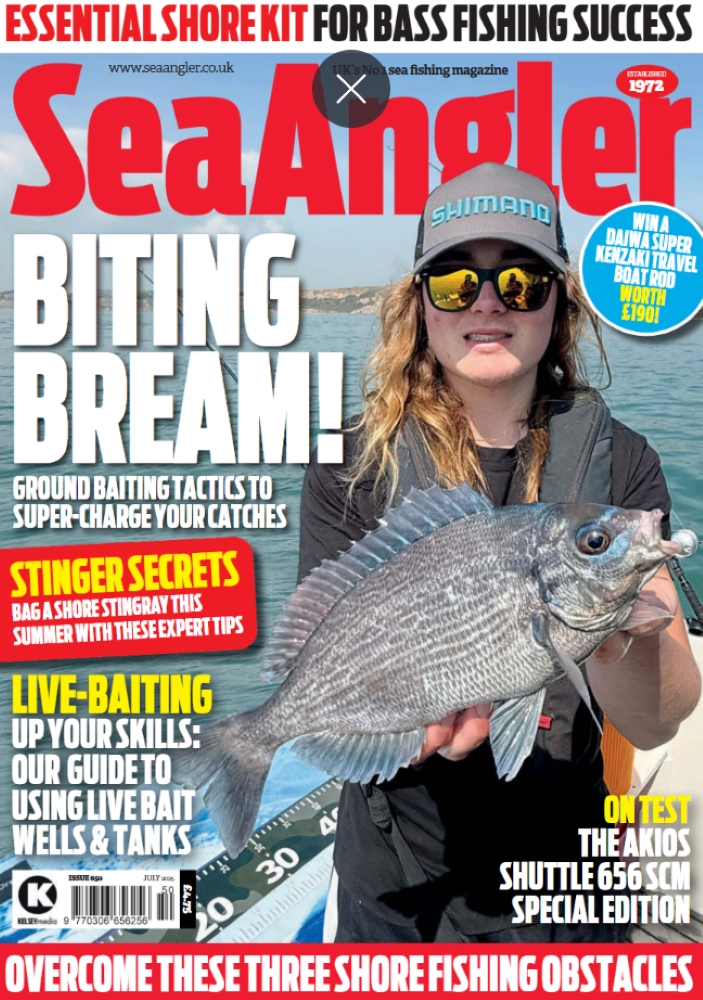All you need to know to make the best choice and keep it functioning properly
One of the defining features of Light Rock Fishing is using a rod within a set casting range of one to seven grams in conjunction with a fine diameter low breaking strain line, yet there isn’t necessarily a definition of what constitutes an LRF reel.
The first thing to think about is how a reel balances once attached to your LRF rod. These reels range from 1000 to 3000 size, but what you choose can be influenced by where you use it and your preferred line.
For instance, if your LRF is mainly down harbour walls and usually for mini species then perhaps a 1000-size shallow spool reel would be best. Likewise, a 1000 reel is best for a very fine diameter line, such as PE 0.2, because the line sits better on the smaller spool without too much of a gap between the lip and line level.
Those who use LRF gear to target larger fish, visit areas that require longer casts, such as open beaches, or use metals, would probably require a slightly heavier line and therefore a 2000 or 2500 reel would suit.
Balancing a reel with the rod does not necessarily mean the rod sits in a straight line when held at the rod grip. Sometimes, depending on your fishing style, it is beneficial to have the rod either slightly heavier at the tip to help with tip-down approach or heavier at the butt for a tip-up style such as on-the-drop fishing. It should feel comfortable when using the rod and easy to use.
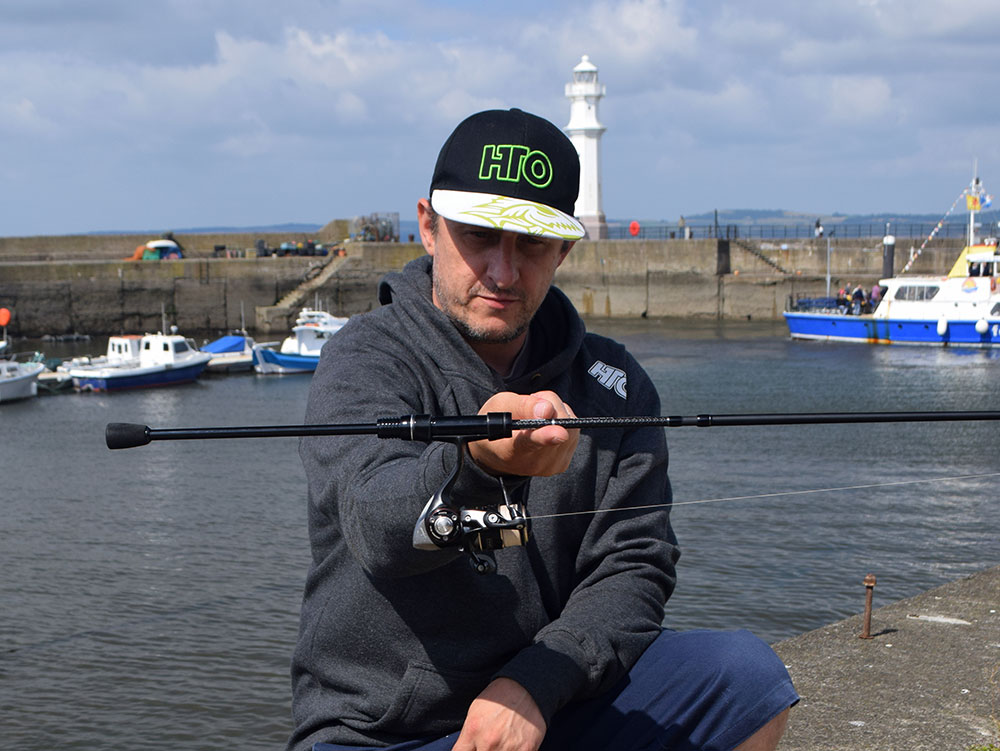
A very balanced set up
KEY FEATURES
The features of an LRF reel are smoothness of operation, an even line-lay and its drag system.
Smoothness is extremely important when retrieving line, especially doing it slowly because any sticking points are accentuated. Test a reel’s smoothness by turning the handle very slowly and feeling for slight sticking points. These are not an issue when winding very fast, but can interfere with how you work a lure at slow speeds.
An even line-lay is also crucial for smooth casting and to avoid wind knots and tangles, especially when using braid. Symptoms of poor line-lay are bunching at top or bottom of the spool. Thankfully, most modern fixed spools ensure an even distribution.
The drag is very important for playing a fish without putting too much strain on the rod and line. It should give line smoothly under pressure. Any small sticking points can make the drag jerky, which gives any fish a chance to throw the hook.
LINE DIAMETER
Using light line is a fundamental part of LRF. You need a thin diameter line in order to cast very light lures. Japanese braids tend to be measured with the PE system, which is more accurate than breaking strain. Many rods have the PE or line rating printed on the blank. I treat the PE measurement as a breaking strain, so, for me, PE 0.4 equals 4lb, PE 0.6 is 6lb and so on. The actual breaking strain will be more than this, but you won’t go far wrong.
Most reels have their capacity printed on the spool, but very few use the PE system and instead give the line diameter in millimetres. Luckily, most braids have the diameter in millimetres printed on the spool label. I like to get 100 metres of my required line on a ‘braid-ready’ shallow spool and rarely need to use backing.
In an ideal world a good LRF reel will have a shallow spool. If not, it is sensible to use some mono backing before adding the braid, so there is not too much of a gap between the line and the spool lip. If your reel has two spools then wind the braid on first and add the backing to bring it to the required level. Then swap spools on the reel and transfer the line directly to the spare spool leaving it with the backing on first and the braid outer most.
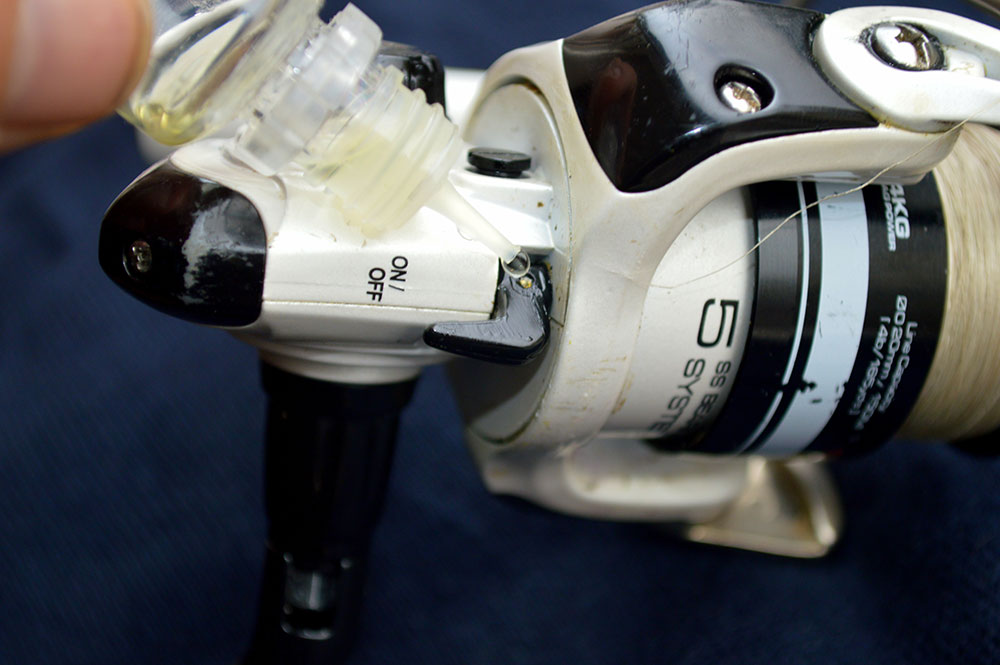
Oiling the anti reverse bearing via the switch
REEL MAINTENANCE
Because an LRF reel has to cope with hard-fighting fish in a saltwater, this vital piece of equipment must keep turning smoothly.
First you must have tackle awareness. It can be a bit hard when you’ve just landed a personal best fish but, even in these adrenalin-fuelled moments, always try to place your rod and reel down carefully to avoiding sandy or saltwater pools.
There is a thing called a reel stand, which is a small metal bar or knob that screws into the thread on the other side of your reel handle. This prevents your reel lying flat on its side on the rocks. This is a custom bit of kit from a few specialist manufacturers, generally from Japan, and made to fit the major reel brands. Buying one is a small investment to keep an expensive reel scratch-free.
It is essential to wash your reel after each fishing trip. A simple rinse and wipe with warm water rids the reel of the corrosive salt. After cleaning, add a few drops of low viscosity synthetic oil to the reel’s main moving parts. The oil should penetrate without you having to take the reel apart.
Some reels have lubrication ports to apply oil to the gears and bearings. For reels without these features, remove the handle and apply a few drops of oil around the rim of the handle shaft on either side, then replace the handle and give a few turns forward and backwards to get the oil moving around the gears and bearings.
You should apply oil to the anti-reverse switch in the hope it can reach the anti-reverse bearing, which is most prone to corrosion and one of the reasons for sticking or seized reels. Lastly, put a couple of drops on the main shaft and on the roller bearing on the bale-arm. This minimal maintenance will keep the reel running smoothly and keep your fishing stress free, leaving you to concentrate on landing those fish.

